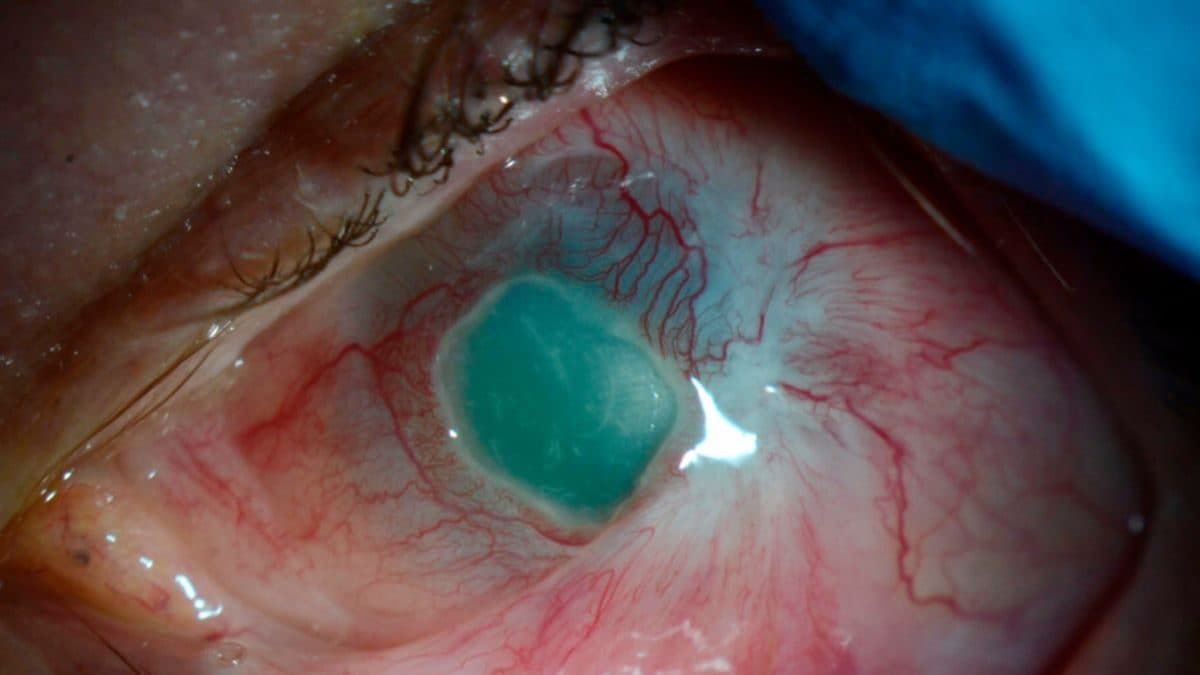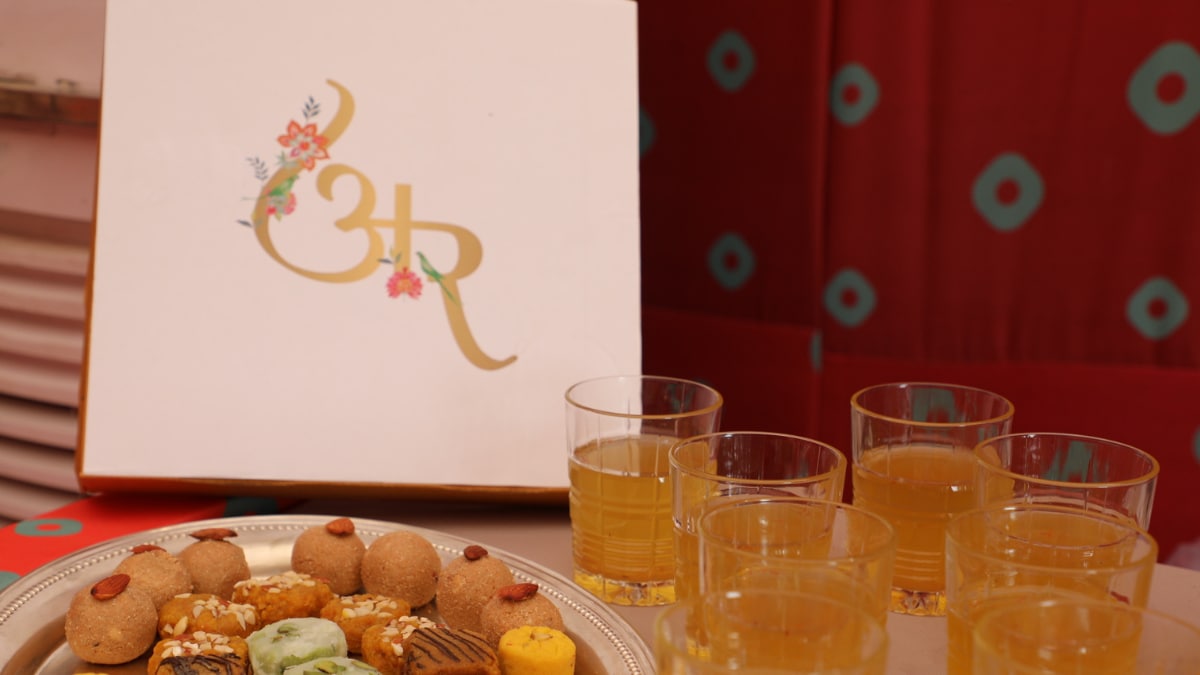Over the past 58 years, the National Eye Bank of the RP Center has received 32,000 cornea donations.
Thanks to cutting-edge technology and a dedicated team of specialists, one cornea can now be transplanted to benefit three different patients.
In a remarkable development at the RP Centre for Ophthalmic Sciences, AIIMS New Delhi, the donation of a single eye can restore vision in up to six eyes (three pairs). This revolutionary advancement in personalized corneal transplantation highlights the power of modern medical technology and expertise.
Traditionally, eye donations have been crucial in restoring sight to people suffering from vision loss. However, at the AIIMS RP Centre, innovative techniques are revolutionising this process. Thanks to cutting-edge technology and a dedicated team of specialists, one cornea can now be transplanted to benefit three different patients.
In line with the National Eye Donation Fortnight, a nationwide campaign aimed at boosting corneal donations to combat blindness, the RP Centre is leading the way in this transformative approach. Prof. Dr Radhika Tandon and Dr Tushar Agarwal of AIIMS emphasise that corneal tissue, a vital component of the eye, can be successfully transplanted from donors to patients in need. Since eye donations can only be done posthumously, there is a crucial need to encourage more people to consider this life-changing gift.
This new technique, which allows one cornea to serve multiple patients, offers hope and significant relief to those battling blindness. The RP Center's pioneering work represents a major advance in ophthalmic science and patient care.
What is a personalized cornea transplant?
A customized corneal transplant is a procedure in which only the diseased layer of the cornea is replaced, rather than the entire cornea. When a patient has a condition that affects a specific layer of their cornea, that layer is removed and replaced with a compatible layer from a donor cornea.
Benefits of a customized corneal transplant
The concept of “one donor, multiple recipients” is employed at the AIIMS RP Centre. This technique maximises the use of donor tissue. The donor cornea is divided into six distinct layers, allowing different layers to be used for different patients. As a result, one cornea can potentially benefit multiple people. Also, by replacing only the affected layer instead of the entire cornea, the recovery time for patients is significantly reduced, leading to faster healing.
AIIMS achieves record in cornea transplants
In the last 58 years, the National Eye Bank at the RP Centre has received 32,000 corneal donations, and 23,000 patients have regained their sight through these transplants. This year alone, 2,000 corneas have been donated, which is the highest number in the last three years following the disruptions caused by COVID-19. Historically, the RP Centre at AIIMS has performed around 1,000 corneal transplant surgeries annually, but in 2023-24, a record 1,703 corneal transplants were performed.
The National Eye Bank develops a network
Dr Radhika Tandon announced that the National Eye Bank at AIIMS is setting up a network to enhance corneal collection by integrating all government hospitals in Delhi-NCR. This initiative also includes provisions to ensure that corneal tissue is transported efficiently to surgeons.
Promoting cornea donations
Dr Tandon and Dr Tushar Agarwal emphasise that there is no age limit for eye donation. Corneas can be donated by anyone, from small children to people as old as 99 years. Public awareness is crucial for this cause. In case of natural death or death during hospital treatment, families can contact the nearest eye bank or hospital to facilitate corneal donation.












